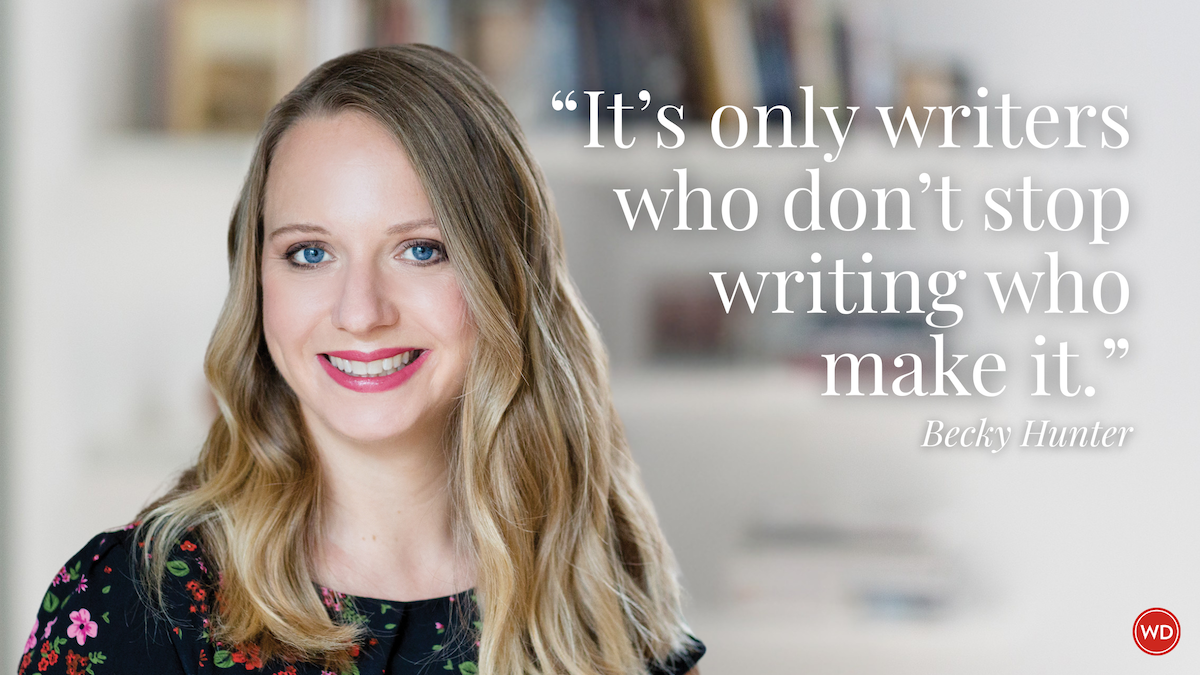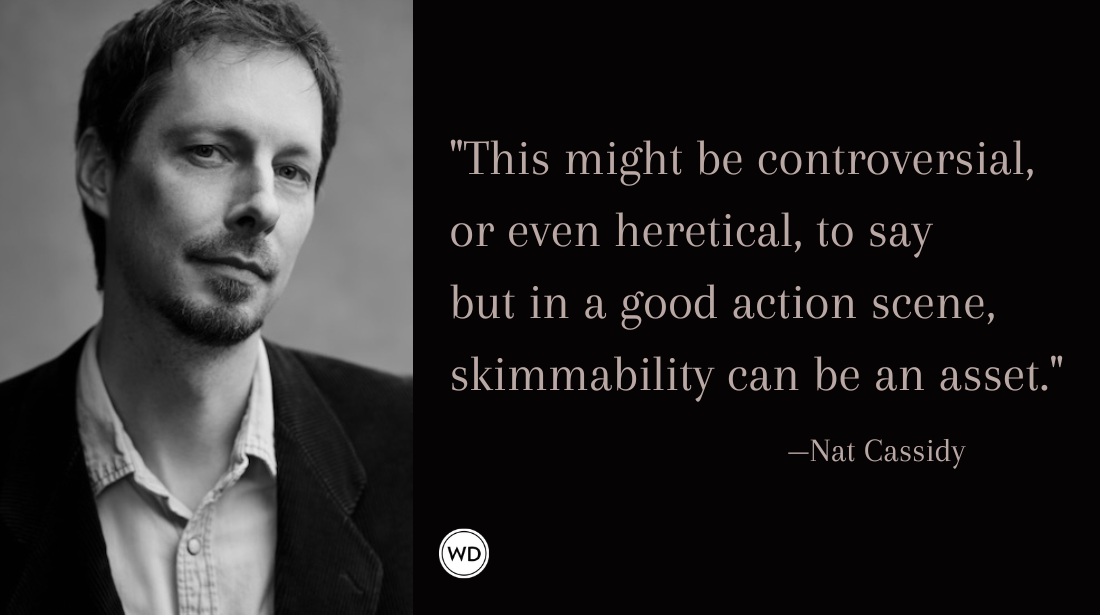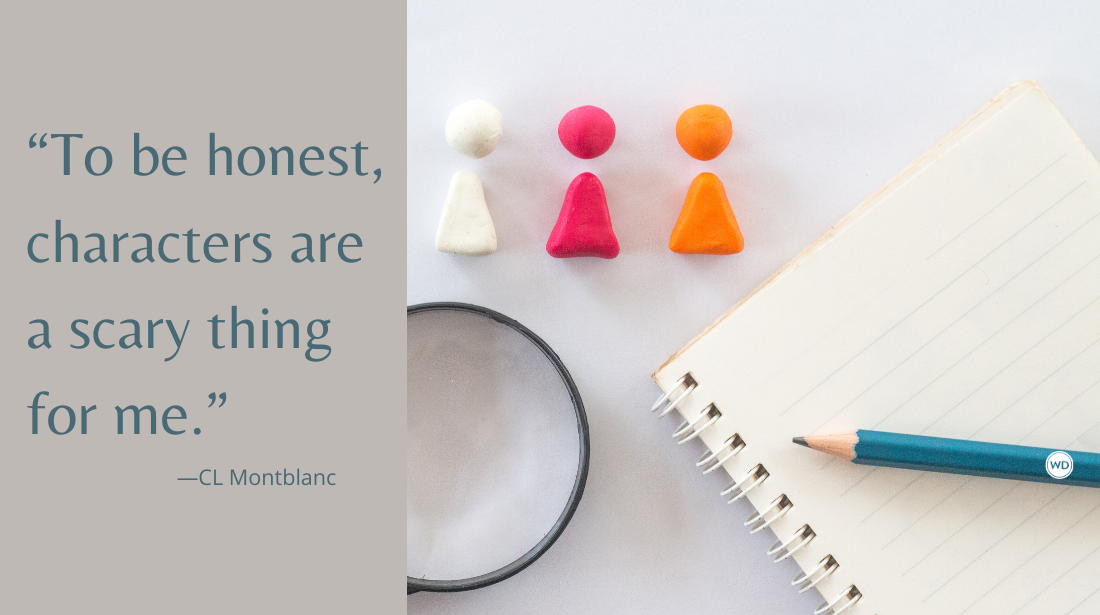Gaslighting in Romance: From Jane Eyre to the Present Day (and Why Writers Should Care)
Gaslighting can work its way into the backstory of a character, but it can also be misused. Here, author Emma Barry discusses gaslighting in romance.
Gaslighting is having a moment. It was the Merriam-Webster word of 2022, the title of a bestselling album by The Chicks, and the buzzy phenomenon that’s been in countless headlines. As described in the 2007 book The Gaslighting Effect, it’s a form of psychological harm in which abusers use lies and manipulation to make victims doubt their own perceptions and even sanity. The phrase itself refers to the title of a 1938 play (made into a 1944 film), in which a man covers up a crime by making his wife believe she’s losing her mind. If she’s institutionalized, he’ll get away with murder. Literally.
It’s also a key theme in my book Chick Magnet, in which the female protagonist is recovering from emotional abuse. Nic must learn to trust herself again, to strip away the doubts and misperceptions her ex carefully planted, in order to believe in her burgeoning feelings for the grumpy veterinarian living across the street.
I want to argue that despite its recent trendiness, gaslighting isn’t a new topic for romance. It’s appeared in countless love stories on the page and on screen. Indeed, romance writers need to be aware of gaslighting both so they can consider building it into character backstory, but also so they can avoid its (unintentional) presence in the central romantic relationship.
Take Charlotte Bronte’s Jane Eyre, the 1847 novel that literary scholar Pamela Regis treats as one of the source texts for the genre in A Natural History of the Romance Novel. The titular governess finds herself drawn into a relationship with her mysterious employer. As their romance grows, however, Rochester gaslights the heck out of Jane. She hears strange noises in the house and sees someone in her bedroom at night. Does Rochester—who knows very well what Jane is perceiving—explain what’s going on? Of course not! He lies to Jane for his own selfish purposes. He goes so far as to disguise himself as a fortune teller in order to probe Jane’s feelings for him rather than just asking her. When she does leave, it takes Jane months to rebuild her self-esteem.
And this isn’t even the first time Rochester has pulled this stunt. How did Bertha end up in the attic in the first place? In Jean Rhys’s novel Wide Sargasso Sea, she reimagines the courtship and marriage of Rochester and Antoinette/Bertha as the cause of Bertha’s ultimate psychological break. The man literally renames his wife, tells her what she can wear and who she can see, and insists she’s overreacting when she objects to his infidelity.
If Rochester were Jane’s (or Antoinette’s) ex, this would be excellent characterization. He sure does seem villainous. But he’s the hero. When Jane says, “Reader, I married him,” we’re supposed to celebrate. How happy can that ending be when Rochester’s actions are, at best, controlling and devious?
Bronte’s not alone in inserting gaslighting into supposedly romantic relationships. Think about Joe in You’ve Got Mail, concealing his identity from Kathleen while he tries to get her to see him as a potential romantic partner. Or John and Jeremy in Wedding Crashers, habitually inventing elaborate personas in order to get laid. Or the dating coach in Hitch, who justifies manipulating women by saying they “wouldn’t have noticed” his clients otherwise. Or Andie and Ben in How to Lose a Guy in 10 Days, both attempting to trick and exploit the other party for their own professional gain.
Actually, I take that back. Andie and Ben may deserve one another.
IndieBound | Bookshop | Amazon
[WD uses affiliate links.]
In all of these cases, I suspect the filmmakers would say the gaslighting is supposed to be funny. That their intent wasn’t to tackle the psychology of healthy relationships as much as to entertain an audience. In romance novels themselves, there are sub-genres such as dark romance and dubcon that intentionally explore intense scenarios that wouldn’t be desirable in real life.
But if your goal is to write a realistic story that features a healthy central relationship, it’s worth considering whether you may have included red flags for gaslighting without meaning to. These include lying, especially in the face of evidence; weaponizing and dictating emotions; and isolation. In other words, the Edward Rochester playbook.
If you’re writing a character who’s recovering from gaslighting, they’re relearning to trust their intuition and perception. They may blame themselves and mourn that they can’t simply go back to who they were before. They need people in their lives—friends, family, and potential new lovers—who can validate their feelings: No, you aren’t overreacting. Yes, that really did happen, and it’s right for you to be mad about it. They also need new partners to respect their boundaries and their timeline for intimacy. Getting a mental health professional to do a sensitivity read of your manuscript—which I did with Chick Magnet—can help you feel confident about how you’re portraying this process.
So while gaslighting may feel like the flavor of the week, a cultural buzzword that popped into existence recently, it’s been growing alongside romance for centuries. It’s therefore unsurprising that the people who tell love stories have been writing about it long before it had a name.
Emma Barry is a teacher, novelist, recovering academic, and former political staffer. She lives with her high school sweetheart and a menagerie of pets and children in Virginia, and she occasionally finds time to read and write. Find her at AuthorEmmaBarry.com, and on Twitter and Instagram.








